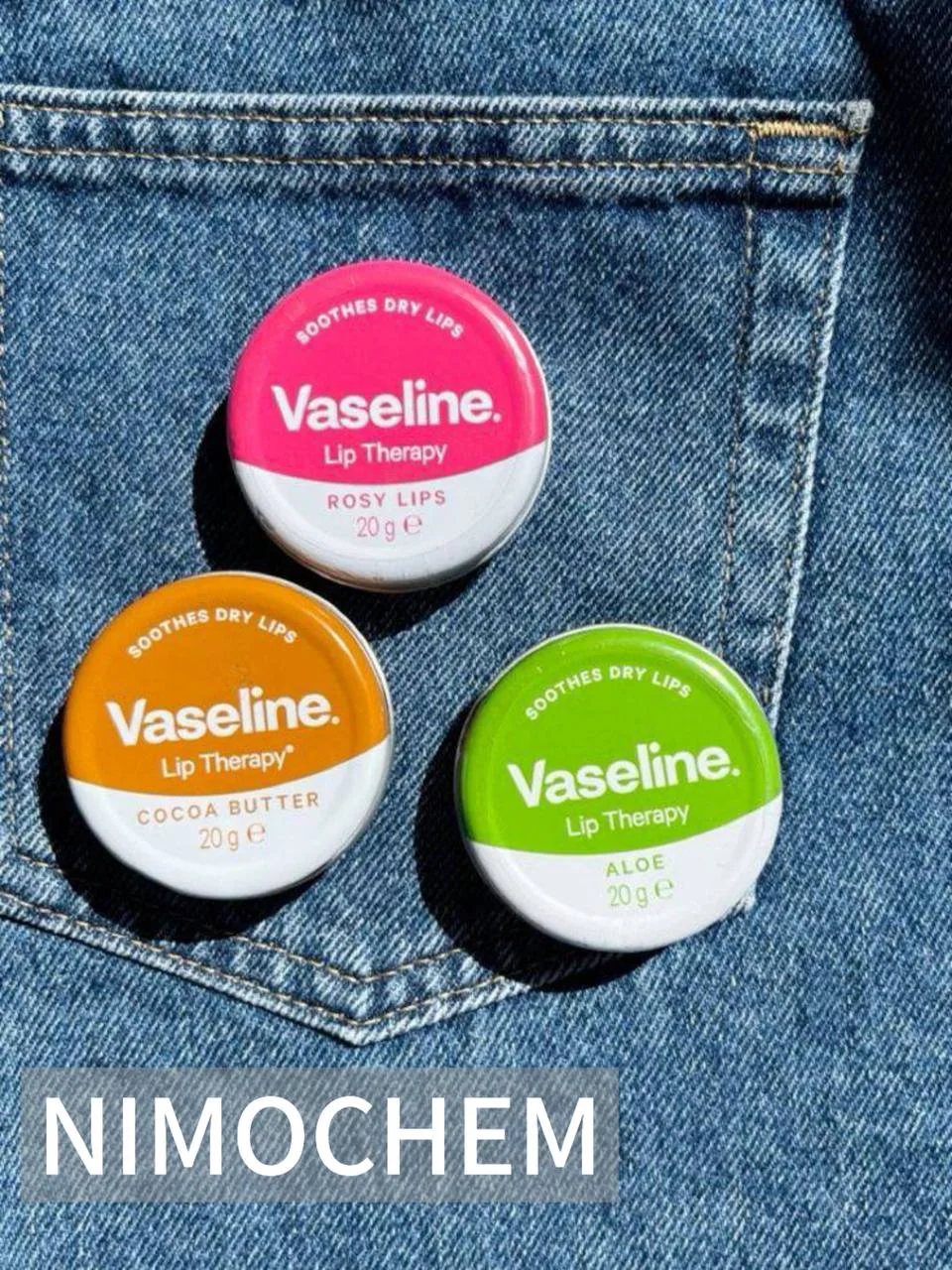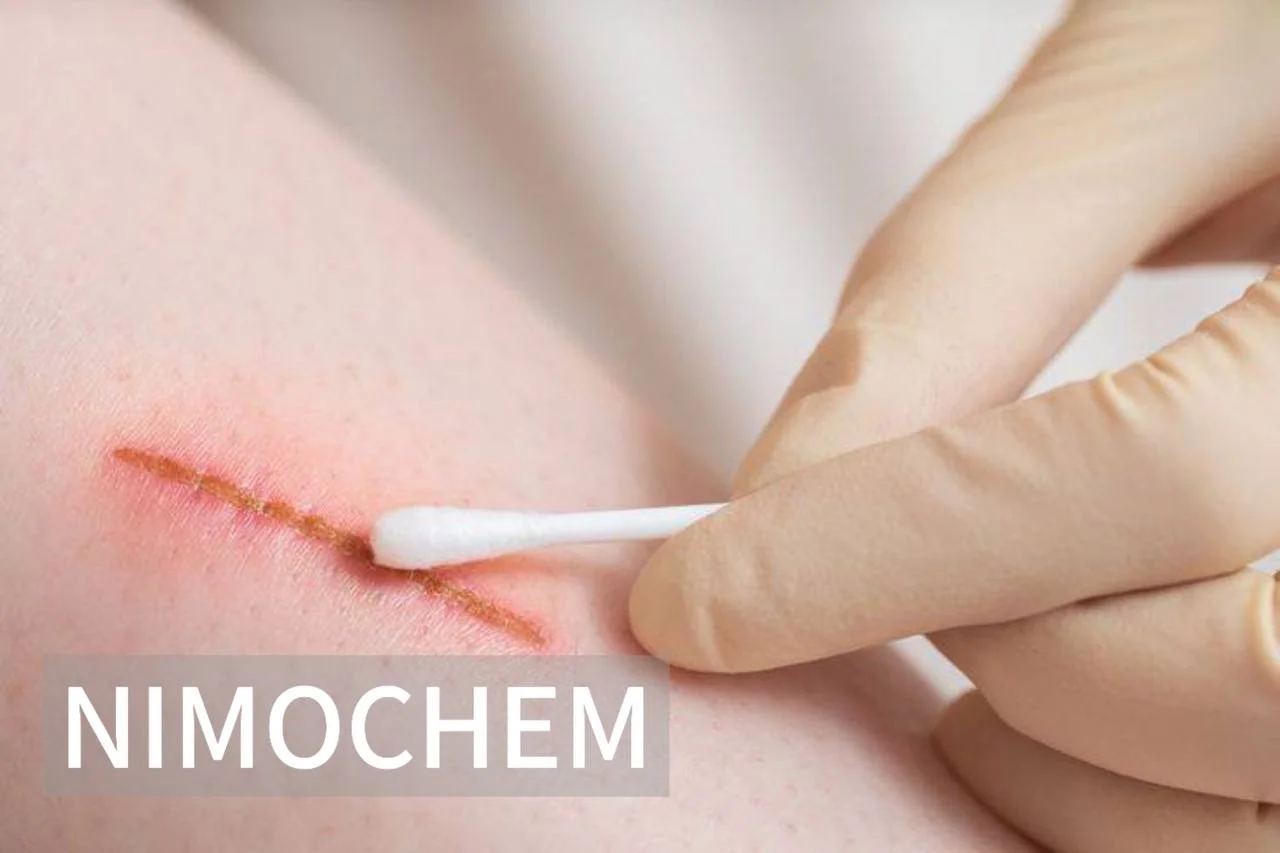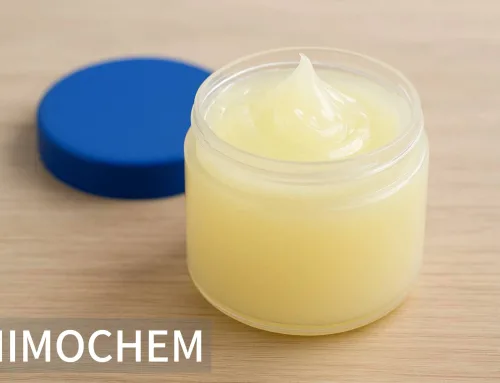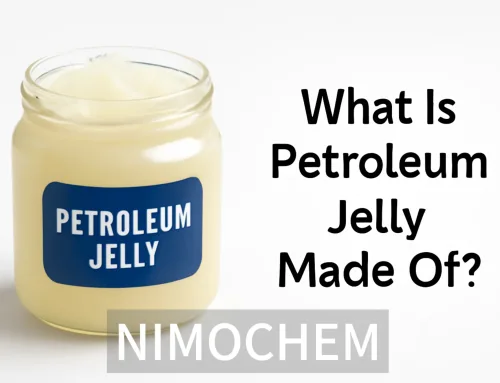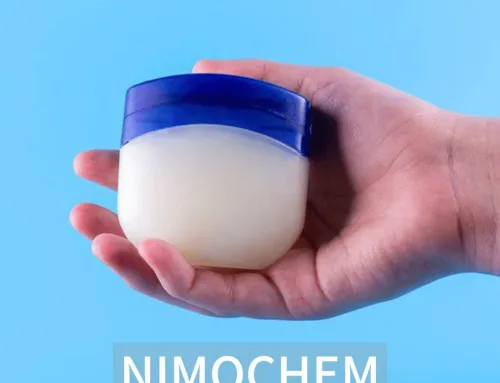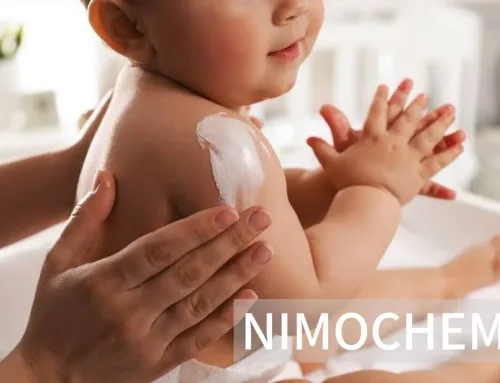How Petroleum Jelly Powers the Pharmaceutical Industry
Petroleum jelly, commonly known by the brand name Vaseline, is a versatile ingredient that plays a crucial role in the pharmaceutical industry. It is widely used in ointments, wound care, and various medical applications due to its exceptional stability, safety, and compliance with international quality standards like USP (United States Pharmacopeia) and BP (British Pharmacopoeia).
Read about petroleum jelly safety for skin!
Role of Petroleum Jelly in Pharmaceuticals
1. Ointments and Topical Medications
Petroleum jelly is a key component in many pharmaceutical ointments and creams. It serves as a base for active ingredients, allowing for even distribution and effective absorption into the skin. Its occlusive properties create a protective barrier, preventing moisture loss and enhancing the efficacy of medicinal formulations.
Common examples include:
• Antibiotic ointments (e.g., for minor cuts and burns)
• Anti-inflammatory creams (e.g., for eczema and psoriasis)
• Pain relief balms (e.g., menthol-based rubs)
2. Wound Care and Healing
Petroleum jelly is widely used in wound healing due to its ability to:
• Protect wounds from external contaminants.
• Maintain a moist environment that speeds up the healing process.
• Reduce the risk of scarring by keeping the skin hydrated.
Medical-grade petroleum jelly is often recommended for treating minor burns, cuts, and post-surgical wounds, as it forms a breathable barrier without clogging pores.
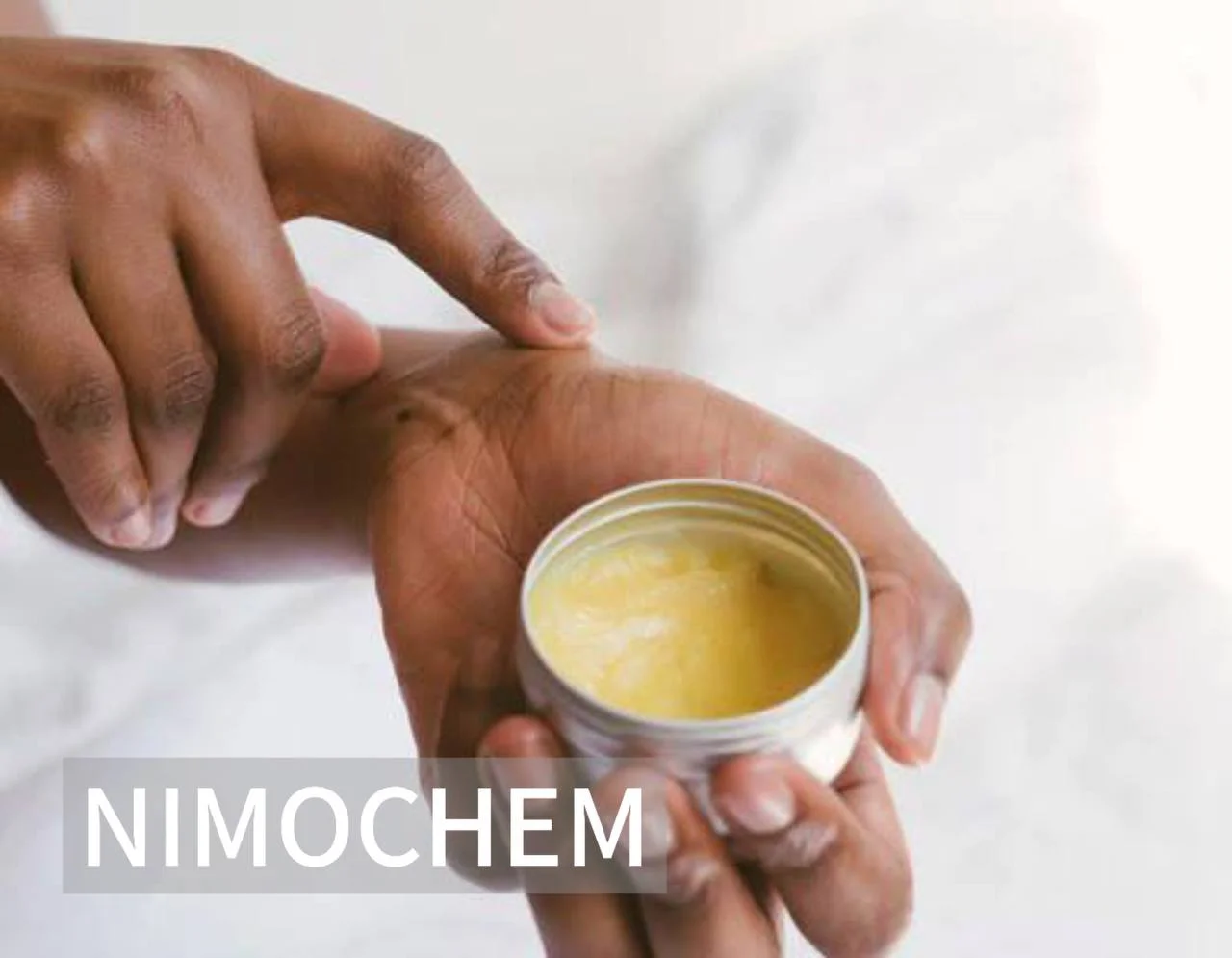
3. Medical Applications Beyond Skincare
Apart from ointments and wound care, petroleum jelly has several other medical applications:
• Liposomal drug delivery: Used in controlled-release medications.
• Protective coatings for medical devices: Prevents friction and irritation.
• Nasal and respiratory treatments: Helps prevent dryness in oxygen therapy.
Why Petroleum Jelly Is a Safe and Stable Base for Medicines
Pharmaceutical companies rely on petroleum jelly because of its:
✅ Chemical Stability: It does not degrade easily, ensuring a long shelf life. ✅ Hypoallergenic Properties: Safe for sensitive skin and unlikely to cause allergic reactions. ✅ Non-Toxic and Non-Irritating Nature: Approved for use on open wounds and delicate skin areas. ✅ Moisture Retention Ability: Keeps skin hydrated, preventing cracking and irritation.
Regulatory Compliance: Meeting USP/BP Standards
To be used in pharmaceuticals, petroleum jelly must meet strict international quality standards, including:
• USP (United States Pharmacopeia): Ensures purity, safety, and effectiveness for medical use.
• BP (British Pharmacopoeia): Sets high standards for pharmaceutical-grade petroleum jelly.
• FDA (Food and Drug Administration) Approval: Required for medicinal formulations in the U.S.
These standards ensure that the petroleum jelly used in pharmaceuticals is free from harmful impurities, such as polycyclic aromatic hydrocarbons (PAHs) or residual solvents.
Conclusion
Petroleum jelly is more than just a skincare product—it is a vital ingredient in the pharmaceutical industry. Its role in ointments, wound care, and drug formulations makes it indispensable for both manufacturers and healthcare professionals. Thanks to its unmatched stability, safety, and regulatory compliance, petroleum jelly continues to be a trusted solution in modern medicine.
